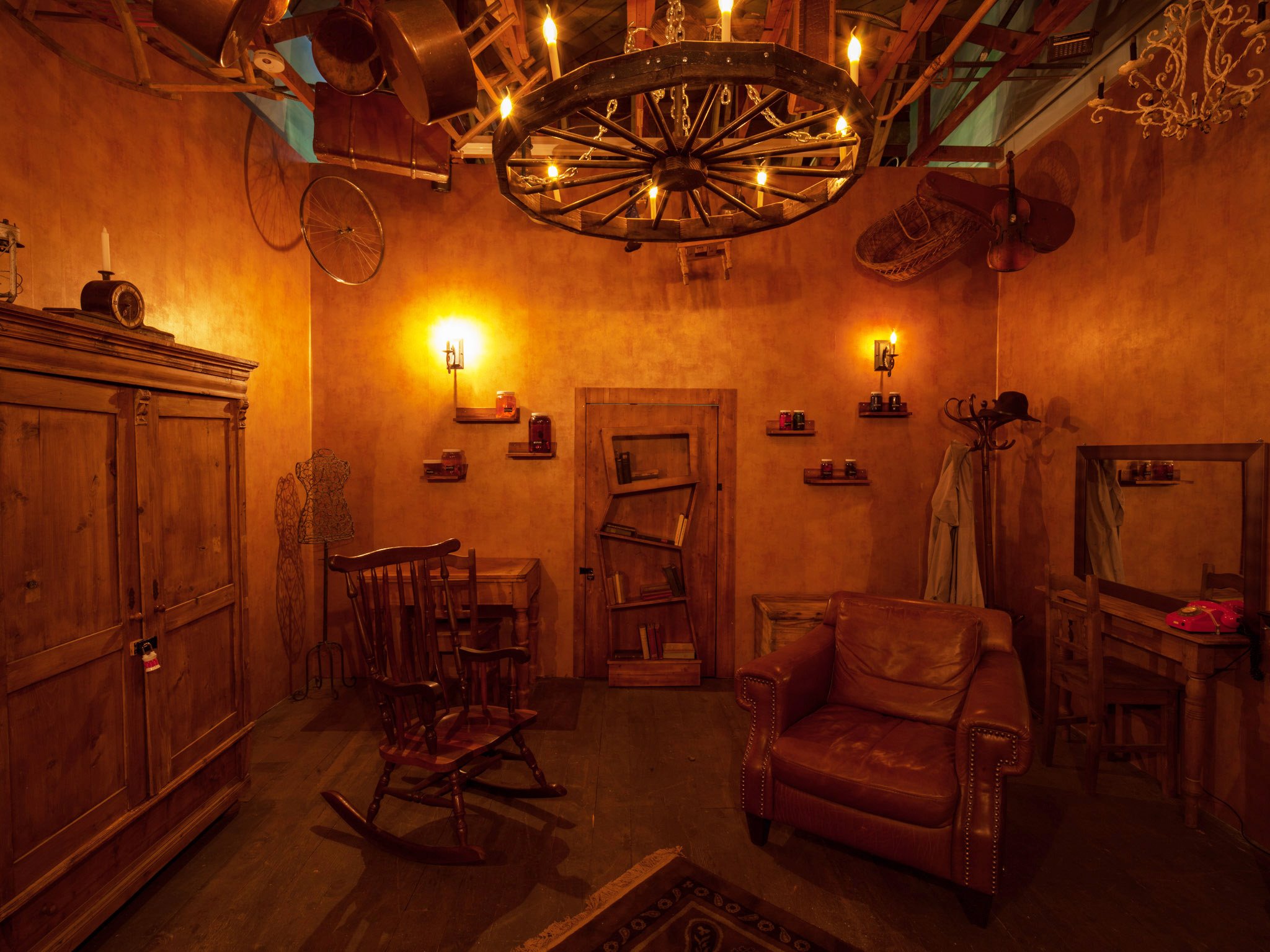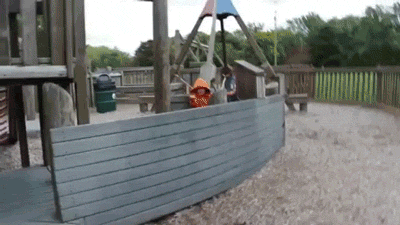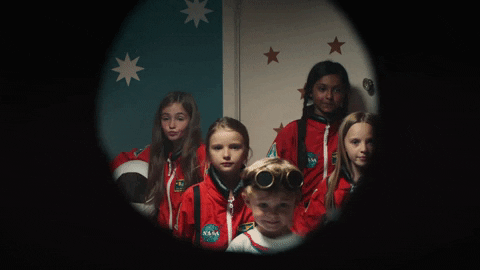How to play an escape room with kids?

Participating in the escape room experience is an amazing bonding activity, and a well-designed game plot can be fun for the entire family. Escape rooms are probably the most interactive form of location-base entertainment around today, and the communication and problem-solving skills of children can improve rapidly in this kind of environment. Thanks to the unusual environment and the exciting decorations and games, even a youngster who is barely able to read and write can be actively engaged for an hour in a PanIQ Room. Here are some suggestions for how and why it’s worth bringing your children to an escape room.
Escape rooms are often designed to be immersive, surrounding participants with an entirely different environment. It can be a little jarring, so to make sure that children feel comfortable, let them choose the theme. During the game, they can be a wizard or a cowboy in a Western. Older, more adventurous kids might be up to fight the zombie apocalypse, or discover the mysteries of the perfect crime with their sharp wits. But if kids have a say in the theme, they’re more likely to not be overwhelmed by it. Some escape rooms pride themselves on offering a more “intense” or “extreme” experience by immersing players in a more adult, horror movie-like setting. PanIQ Room units are not really that kind of thing, so if the child is familiar with the theme of the room and reads books or watches movies about them, they surely won’t be frightened during the game.

When kids are in the room, adults should act like a secondary game master. If you know the answer, try not to solve it right away, but guide them in doing it. Give hints or help the younger ones with smart questions, so that they can have the accomplishment of figuring the puzzle out more or less for themselves.
If you know a code or found a key, let the kids open the locks so they can contribute to the tasks in some way. It’s also a great idea to let kids be the very first ones to step into a new room.

Tiny pranks can add to the fun. Don’t just act like a supervisor for the kids; get in on the action and add to the theme. Put on a costume. Adopt an accent during the game. Play on the story as much as possible to help keep the kids immersed as they try to solve things.

Let the kids do the seek-and-find part of the game. In certain cases, you can hide some essential components and guide the kids to them even though that wasn’t part of the room as designed.
Kids should be the primary contact person to the game masters. If they can carry the good news and hints to the team, they will feel that they are an essential part of the team’s progress.

Always try to describe to them events that happen in the room. Sometimes you have to simplify the solution so they can understand it, but the aim is to broaden their knowledge and imagination through the things that happen in the course of the game.
Pay attention to the clock! Kids will definitely have fun during the hour, but if it also ends with a success, you solve everything in time and escape, it’s guaranteed to be a lasting experience. Plus you get the bonus prize of being the best parent/sibling/whatever. When you get near the end of the available time and there are still a few things to do, speed things up a little to help get all of you to the end with a win.

Don’t underestimate kids just because they’re young. Children’s thought processes are completely different from adults, so they may see things that you don’t. You might even learn something from them! Keep in mind, they might solve tasks on their own that you wouldn’t even think to try and solve. As adults, we are susceptible to overthinking, while the kid cheerfully solve mysteries in no time.
